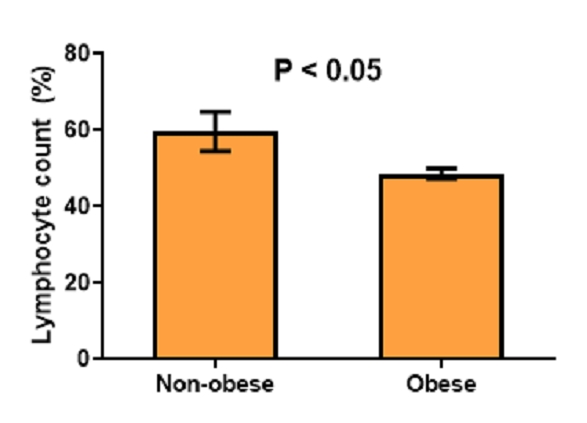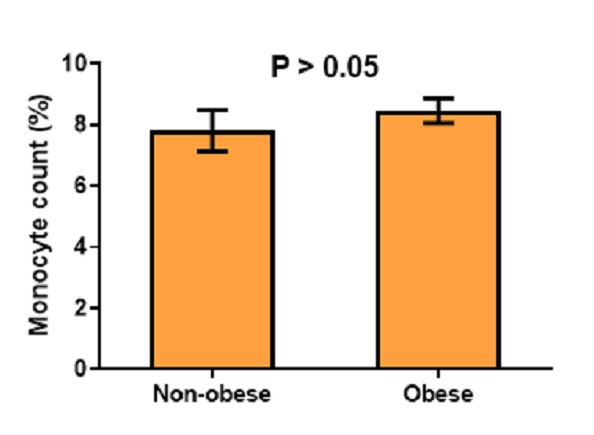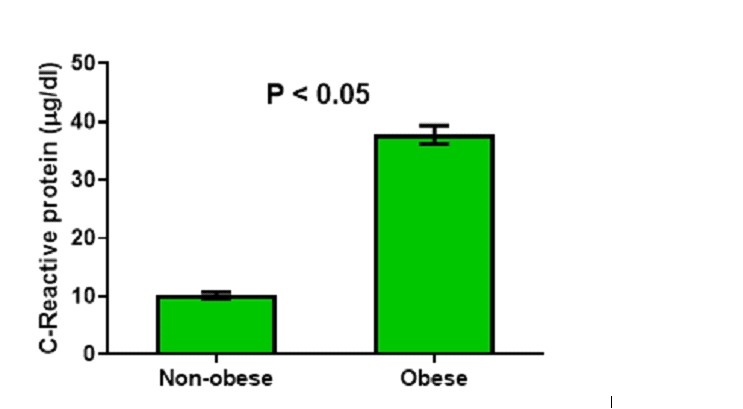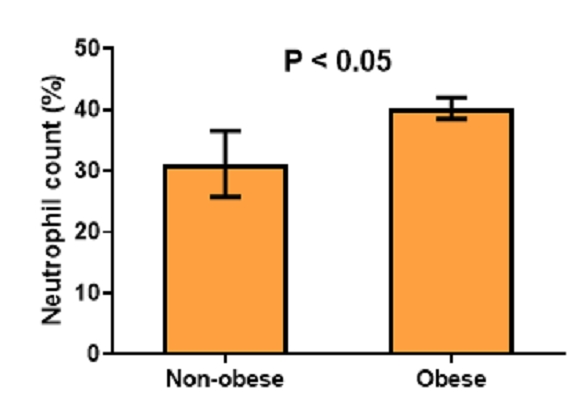Novel Therapeutic Multiratio Lipid Profile Indices with chronic inflammatory biomarker for Predictive Detection of Early Muscle loss In Young Obese Adults
Onuyoh-Adaitire, E*., Agoreyo,F.O ., Enobakhare, E., Osayande,, S., Onuyoh-Adaitire B, and Tafamel G.
Department of Physiology University of Benin, Department of Physiology University of Benin, Department of Physiology, Department of medical laboratory sciences (Haematology and blood transfusion science), Department of Physiology university of Benin, Department of Science Lab. Tech. University of Benin Benin city , Nigeria.
ABSTRACT
The prevalence of overweight and obesity is increasing at an alarming rate in some developing countries and in the developed world. BMI correlates well with the percentage body fat in the young and middle aged where obesity is most prevalent. Obesity is often accompanied by chronic low-grade inflammation. Adipose tissue, especially visceral fat, secretes pro-inflammatory cytokines such as tumor necrosis factor-alpha (TNF-α) and interleukin-6 (IL-6). This study was aimed at employing a novel multiratio lipid profile indices for predictive detection of gradual muscle loss by examining the castelli risk index-1, castelli risk index-2, chronic inflammatory biomarker CRP and lipid profile variation amongst a population of young obese females in Benin City, Nigeria. The study was carried out with ethical permision from the College of medical sciences, University of Benin, employing 120 participants with 60 obese subjects as test subjects and 60 slim subjects as control. 5mls of blood were collected into lithium heparin bottles and centrifuged for 15mins. The supernatant was separated and placed in plain bottles and refrigerated at -20oC for lipid profile analysis, Castelli Risk Index 1 and 2 , and Atherogenic Index of Plasma were then derived by calculation. Our results revealed that there was no significant difference in triglyceride, LDL, and total cholesterol concentration between the control and test subjects (p>0.05) however there was significant reduction in HDL concentration and a significantly elevated value of C- Reactive protein, castelli risk index-1 , castelli risk index-2 and artherogenic index in obese participants compared to the non obese participants (p<0.05). In conclusion, High Castelli Risk Index values often correlate with insulin resistance and insulin is crucial for muscle protein synthesis. Insulin resistance can impair this process, leading to muscle atrophy hence considered an effective and prognostic tool for early muscle loss in young obese adults. In individuals with obesity, chronic low-grade inflammation is common. Elevated CRP and associated inflammatory markers are linked to insulin resistance. Insulin resistance impairs glucose uptake in muscle cells, which is crucial for muscle maintenance and growth. Reduced glucose uptake leads to decreased muscle protein synthesis and increased muscle breakdown.
Key words: Castelli index, Artherogenic index, lipoproteins, C-Reactive proteins





